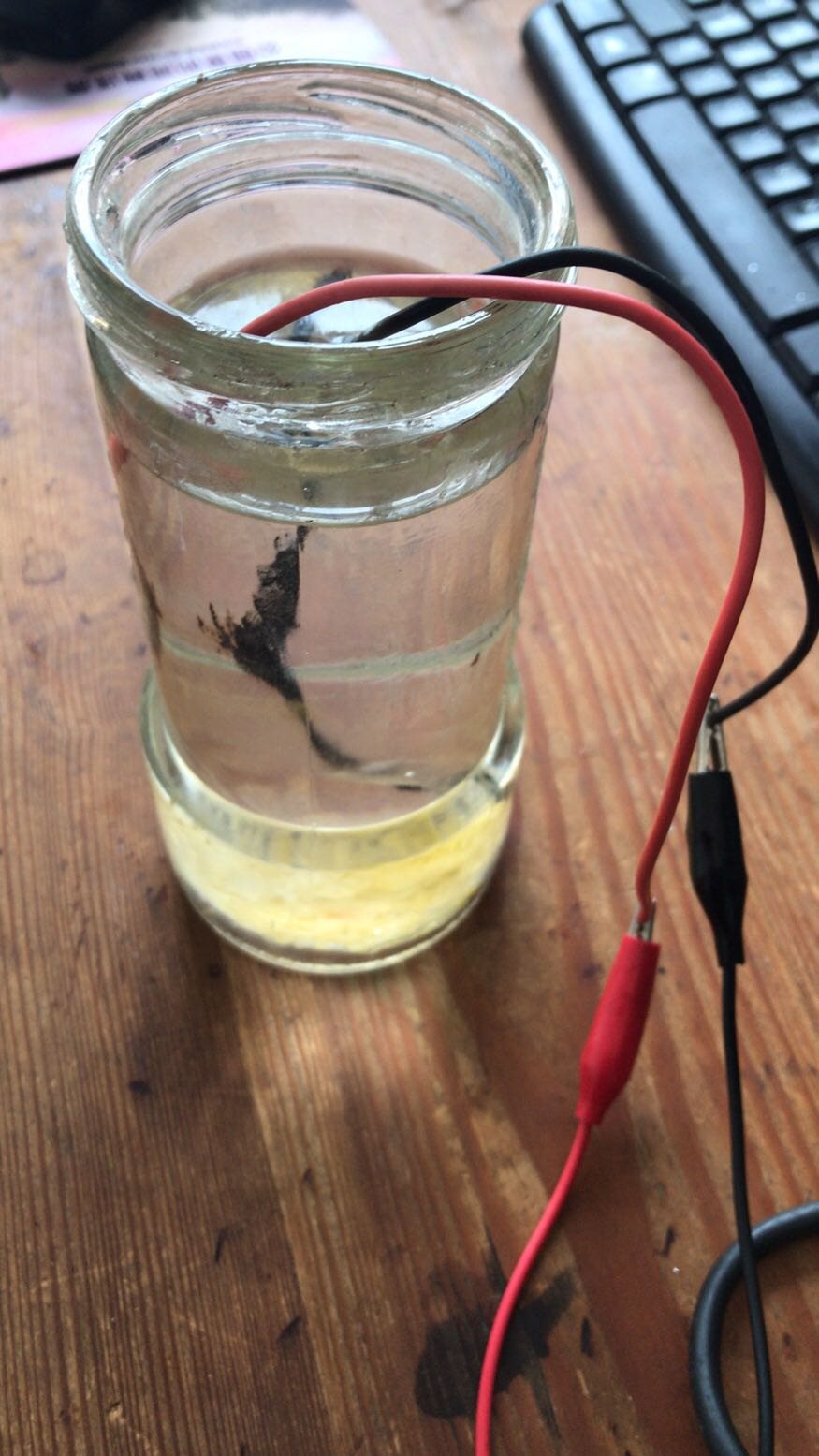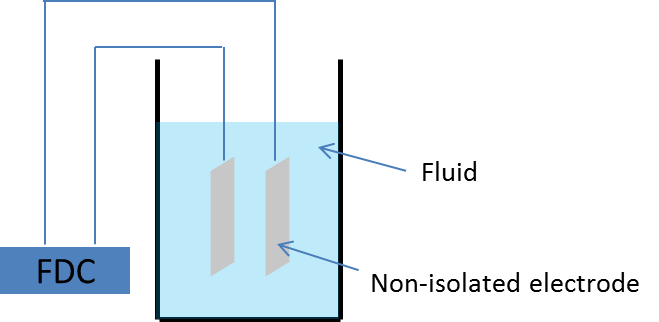Hi
1. I use fdc2214 chip for liquid level detection. Insert the two channels into the water for immersion detection. But at the beginning, the channel reading was correct and changed with the change of liquid level. The next day, the reading did not change. I want to know why.
2. I'm not sure whether it's because the liquid has short circuited the channel signal. If it is short circuited, what will happen to fdc2214.



